If you’ve followed the world of government and elite corporate diversity training, you’re familiar with reports of truly bizarre and strange racial stereotyping, multiple emphatic denunciations of “whiteness,” and sometimes even ritualistic compelled “confessions” of implicit bias or even compelled “apologies” to black and brown communities.
Let’s take, for example, a report about diversity training in Sandia National Labs, a private employer that does significant contract work for the federal government. A City Journal contributing editor named Christopher Rufo obtained the relevant training materials, and they’re … something:
[W]hite male employees must expose the “roots of white male culture,” which consists of “rugged individualism,” “a can-do attitude,” “hard work,” and “striving towards success”—which sound good, but are in fact “devastating” to women and POCs.
In fact, the trainers claim that “white male culture” leads to “lowered quality of life at work and home, reduced life expectancy, unproductive relationships, and high stress.” It also forces this “white male standard” on women and minorities.
In a subsequent session, the white males must publicly recite a series of “white privilege statements” and “male privilege statements.” They must accept their complicity in the white male system and their role in creating oppressions.
Finally, as the reeducation camp concludes, the white males must write letters “directed to white women, people of color, and other groups regarding the meaning of this Caucus experience.” They apologize for their “privilege” and pledge to become “better [allies].”
You can read many of the materials in Rufo’s report. His story was hardly the only recent news report exposing radical training materials. It even, apparently, caught President Trump’s eye. He quickly directed that federal agencies cease and desist from training employees in so-called “critical race theory.”
In a memorandum, Russell Vought, director of the Office of Management and Budget, operationalized the president’s command:
[A]ll agencies are directed to begin to identify all contracts or other agency spending related to any training on “critical race theory” “white privilege,” or any other training or propaganda effort that teaches or suggests either (1) that the United States is an inherently racist or evil country or (2) that any race or ethnicity is inherently racist or evil. In addition, all agencies should begin to identify all available avenues within the law to cancel any such contracts and/or to divert Federal dollars away from these unAmerican propaganda training sessions.
Rather than fully explore the (obvious) problems with radical diversity training and other anti-racist initiatives that perversely traffic in racial stereotypes, I thought I’d ask a different question. Why is this happening? Why are too many public agencies and private employers prone to “train” their employees in sweeping cultural stereotypes that not only offend and alienate white employees but also black and brown employees who (quite understandably) reject the idea that concepts like “hard work” or “striving for success” are recognizably “white” in any way, shape, or form?
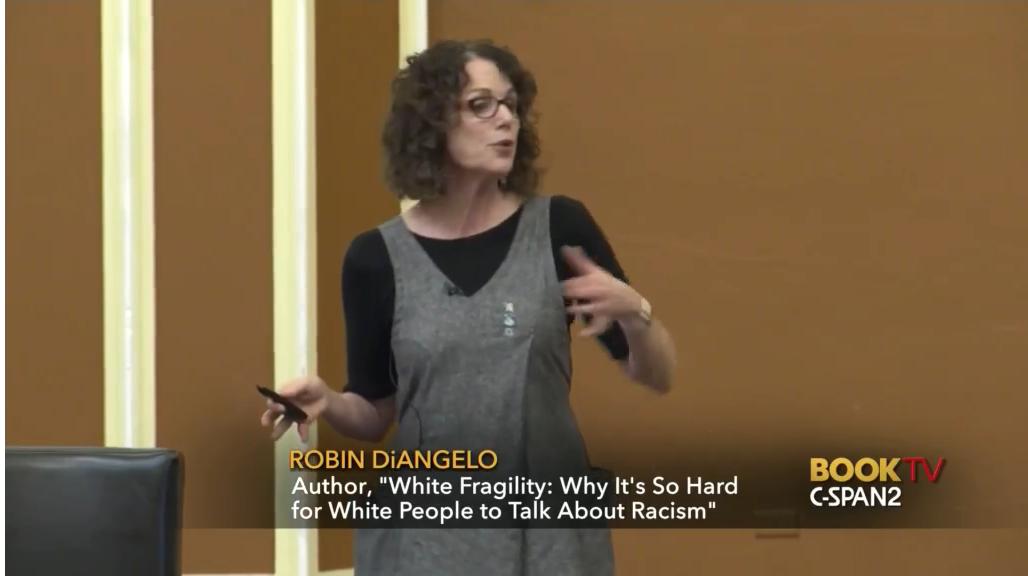
While radical diversity training—and the often nebulously defined “critical race theory”—has been around for years (I first started tracking diversity training controversies more than 20 years ago, and many of my professors were “crits” in law school 25 years ago), it’s gaining increasing currency and resonance as the white progressive elite radicalizes on issues of race. Diversity training is an elite, top-down cultural initiative, and its ethos quite often collides with the more pragmatic moderation of many marginalized American communities.
The leftward migration of the white progressive elite is well-documented. In October 2018, the New York Times’s Thomas Edsall surveyed a host of polling data and noted that white Democrats had moved to the left of black Democrats even on some racial issues:
Take the issue of discrimination as a factor holding back African-American advancement. White liberals are to the left of black Democrats, placing a much stronger emphasis than African-Americans on the role of discrimination and much less emphasis on the importance of individual effort.
Among white liberals, according to Pew survey data collected in 2017, 79.2 percent agreed that “racial discrimination is the main reason why many black people can’t get ahead these days.” 18.8 percent agreed that “blacks who can’t get ahead in this country are mostly responsible for their own condition,” a 60.4 point difference, according to a detailed analysis of the Pew data provided the Times by Zach Goldberg, a doctoral candidate in political science at Georgia State University.
Among blacks, 59.9 percent identified discrimination as the main deterrent to upward mobility for African-Americans, and 32.0 percent said blacks were responsible for their condition — in other words, blacks are more conservative than white liberals on this issue.
Overall, white Democrats had moved farther left, faster, than their black and brown compatriots. This is especially true of elite Democrats on social media. They’re far more left and activist than the majority of Democrats. That’s one reason why, say, terms like “Latinx” can be a thing on Twitter and in the elite academy and basically nowhere else. That’s one reason why Joe Biden swept to the Democratic nomination (with significant help from black voters) and why segments of Twitter were shocked that it happened.
But what elites lack in electoral power, they often make up for in cultural and economic clout, and in that space radicalism can have an oppressive and distorting effect even on the black and brown people they seek to support. It sets the cultural terms of entry into elite spaces, and it can create a self-affirming feedback loop that both reaffirms elite white radicalism and obscures the true diversity of black and brown Americans.
If you can remember approximately 8,000 outrage cycles ago, you might remember the brief controversy around the New York Times’s decision to hire technology writer Sarah Jeong to join the paper’s editorial board. The obligatory search of her old tweets then revealed some pretty nasty stuff. Here’s how I described her tweets in an National Review article in 2018:
In [her tweets], Jeong expressed some rather interesting views of “[dumba** f***ing] white people,” musing about how much joy she gets “out of being cruel to old white men” and how “white men are [bullsh**].” For good measure she also compared white people to “groveling goblins” and questioned why they’re “genetically predisposed to burn faster in the sun.” In a statement, Jeong expressed her regret and explained that she was engaging in “counter-trolling” designed to mimic the language of racists who harassed her online.
The public debate immediately to the most predictable question. “Should she be fired?” But my old NR colleague Reihan Salam wrote the best and most interesting piece of the whole affair. He attempted to explain how white-bashing isn’t just common but has actual “utility” in elite cultural circles.
First, he notes that white-bashing is often a white phenomenon:
It is almost as though we’re living through a strange sort of ethnogenesis, in which those who see themselves as (for lack of a better term) upper-whites are doing everything they can to disaffiliate themselves from those they’ve deemed lower-whites. Note that to be “upper” or “lower” isn’t just about class status, though of course that’s always hovering in the background. Rather, it is about the supposed nobility that flows from racial self-flagellation.
Yep, I’ve seen this a million times. But, why, he asks, did – for example – “highly-educated and affluent Asian-American professionals” engage in it as well. Here’s where the essay gets really interesting:
In some instances, white-bashing can actually serve as a means of ascent, especially for Asian Americans. Embracing the culture of upper-white self-flagellation can spur avowedly enlightened whites to eagerly cheer on their Asian American comrades who show (abstract, faceless, numberless) lower-white people what for. And, simultaneously, it allows Asian Americans who use the discourse to position themselves as ethnic outsiders, including those who are comfortably enmeshed in elite circles.
More:
Think about what it takes to claw your way into America’s elite strata. Unless you were born into the upper-middle class, your surest route is to pursue an elite education. To do that, it pays to be exquisitely sensitive to the beliefs and prejudices of the people who hold the power to grant you access to the social and cultural capital you badly want. By setting the standards for what counts as praiseworthy, elite universities have a powerful effect on youthful go-getters. Their admissions decisions represent powerful “nudges” towards certain attitudes, beliefs, and behaviors, and I’ve known many first- and second-generation kids—I was one of them—who intuit this early on.
Or, to put it another way, the sheer power of a radicalizing progressive elite not only pulls radicals into its orbit (like attracts like), it also exerts its own independent radicalizing effect as a perceived ticket of cultural entry.
Days ago the internet buzzed a bit when it learned that a white professor at George Washington University, a woman named Jessica Krug, had adopted the name “Jess La Bombalera” and had been “passing” as black for much of her career. How did she get away with it? Writing in Jacobin (behold the breadth of my sources for this newsletter!), history professor Touré F. Reed says she played to the stereotypes of the elite academy:
Because I’ve lived most of my life either on the near periphery or within academia, I’ve had nearly four decades of experience with the creepy essentialist language of “racial authenticity” that lives and thrives in more than one corner of putatively liberal academia. As a result, I learned a long time ago that some white liberals expect black and brown people to “perform” in ways that comport with their well-meaning, usually underclass-informed, and fundamentally racist expectations of black people.
Krug was radical. She claimed she came from “el barrio.” (Even though she grew up attending elite private schools in Kansas City.) The combination was compelling.
Thus we see the way in which a particular social reality is constructed, and when that social reality is constructed in a powerful segment of society, it is not easily contained.
First, well-meaning elites attain heightened awareness and consciousness of genuine social maladies.
Second, as they radicalize, they attract other radicals (like attracts like), but because they are powerful they are often unaware that they also incentivize radicalism as a ticket of entry into potent academic, media, and cultural institutions.
Third, this results in a feedback loop whereby the elite inadvertently insulates itself from the full diversity of marginalized American communities.
Fourth, often unaware of its own ignorance and insularity, this elite then uses its immense cultural power to attempt to “teach” the rest of the nation the lessons it has learned in its own drift from the mainstream.
And this is how we get a vision of racial politics and racial argument that’s often mystifying even to millions of black and brown Americans and results in a description of “whiteness” that would be comically stereotypical if it wasn’t also quite toxic. This is how debates about how best to ameliorate the very real effects of centuries of racism and discrimination get hijacked from discussions of real policy changes into furious debates about alleged microaggressions, cancel culture, and “white fragility.”
Achieving true diversity is hard. It requires an openness not just to people of different races and ethnicities but also an openness to the different perspectives of people of different races and ethnicities.
Many elite spaces do a quite good job of attempting a surface level of racial diversity. They often do a terrible job, however, of even trying any kind of meaningful ideological diversity, even within historically-marginalized racial groups. And every time you encounter the wild, weird world of “white fragility” or other strange forms of grossly-stereotypical radical discourse, you live with the toxic result.
One last thing …
At long last, behold the Dune trailer in all its glory.
Who says 2020 has to be entirely bad? From this, we build:
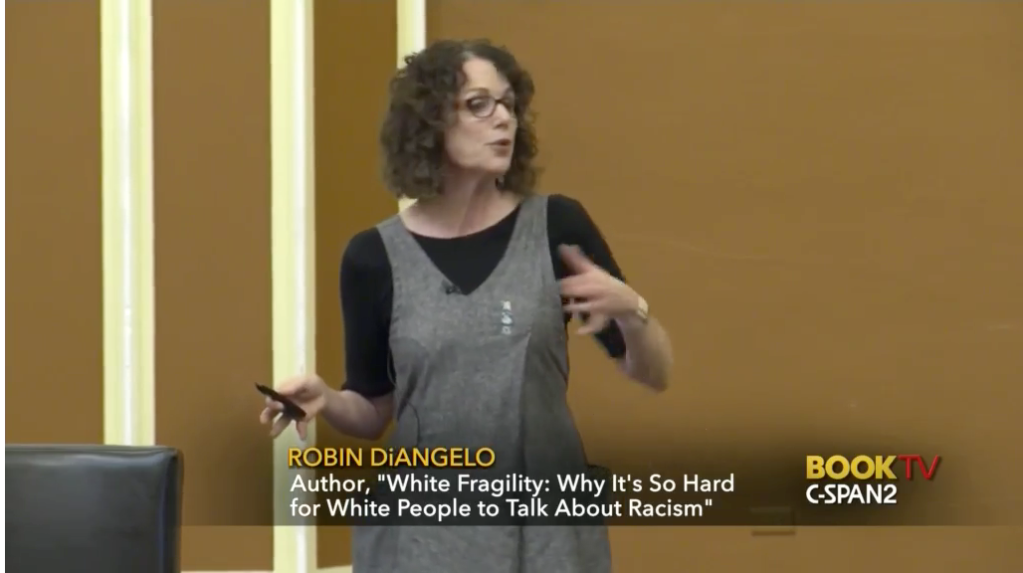
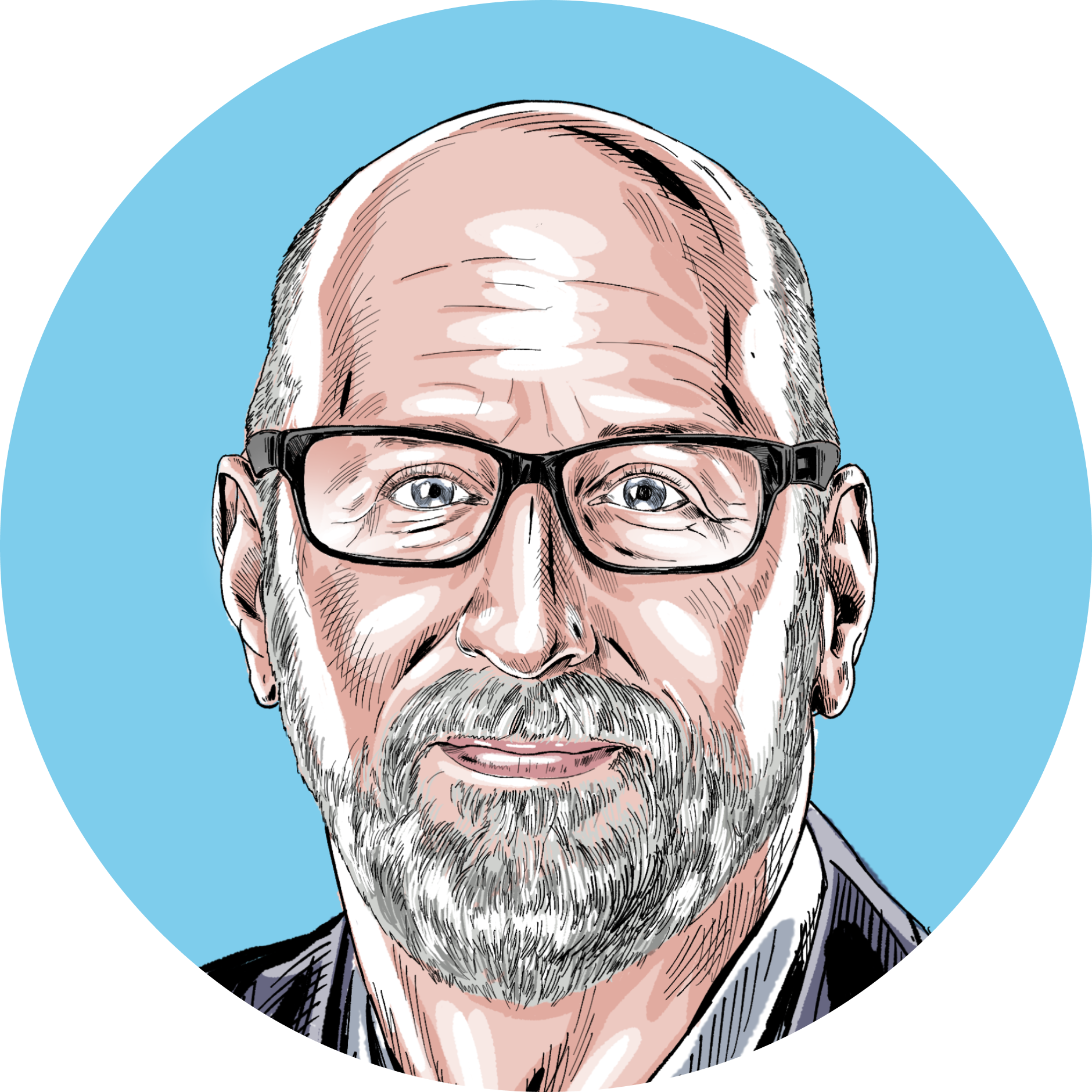
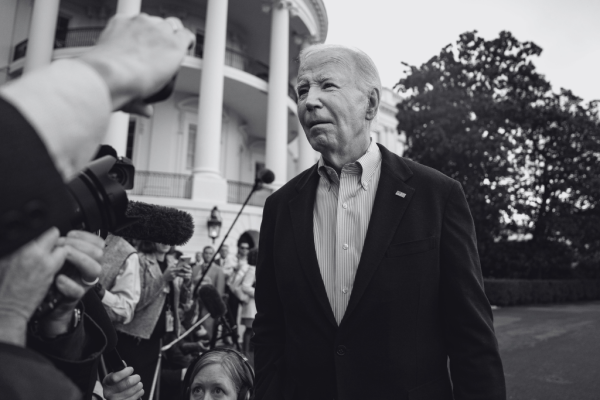

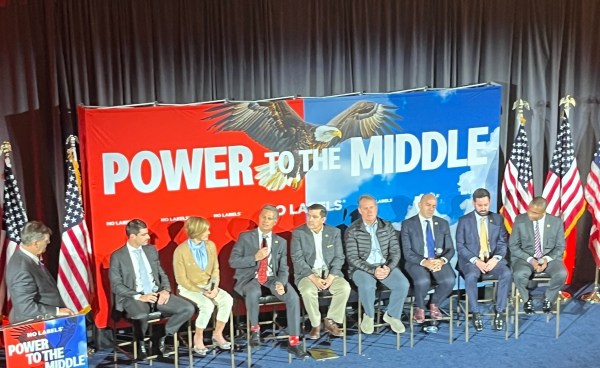

Please note that we at The Dispatch hold ourselves, our work, and our commenters to a higher standard than other places on the internet. We welcome comments that foster genuine debate or discussion—including comments critical of us or our work—but responses that include ad hominem attacks on fellow Dispatch members or are intended to stoke fear and anger may be moderated.
You are currently using a limited time guest pass and do not have access to commenting. Consider subscribing to join the conversation.
With your membership, you only have the ability to comment on The Morning Dispatch articles. Consider upgrading to join the conversation everywhere.